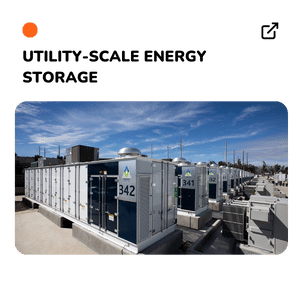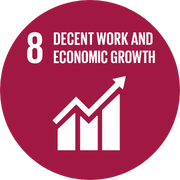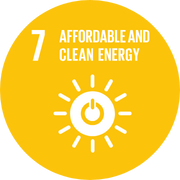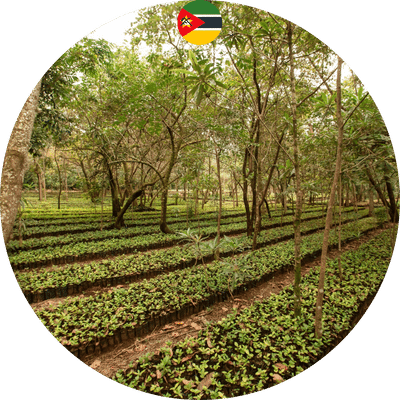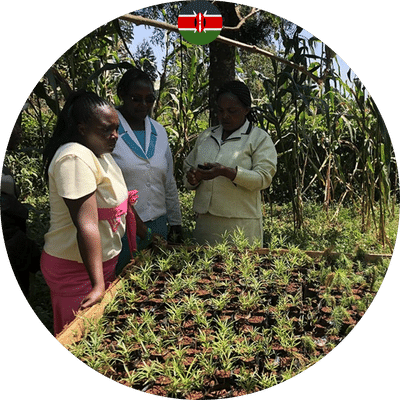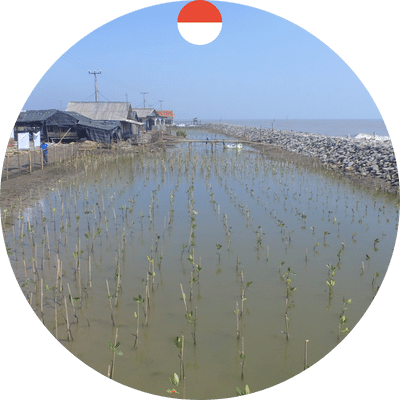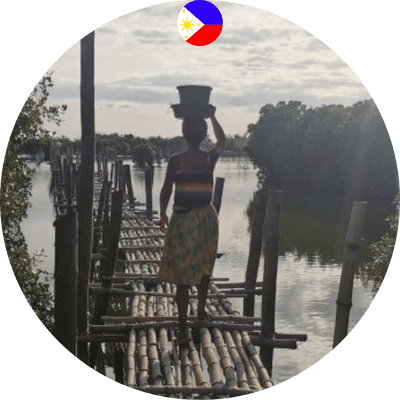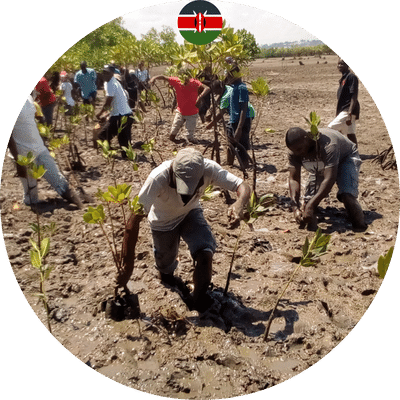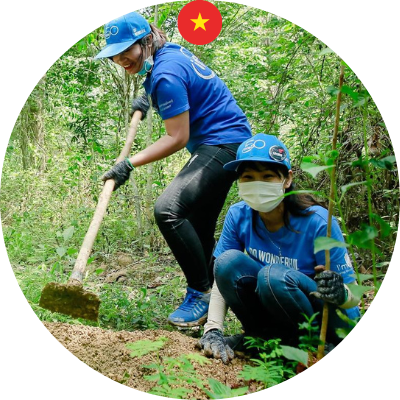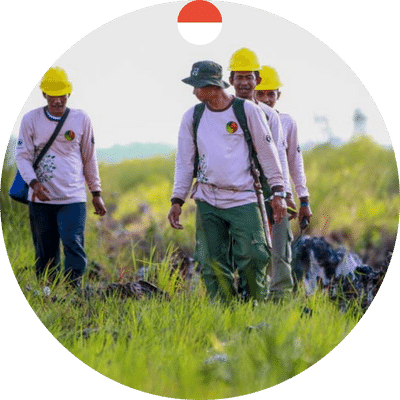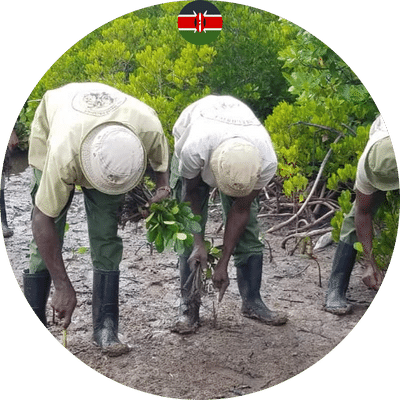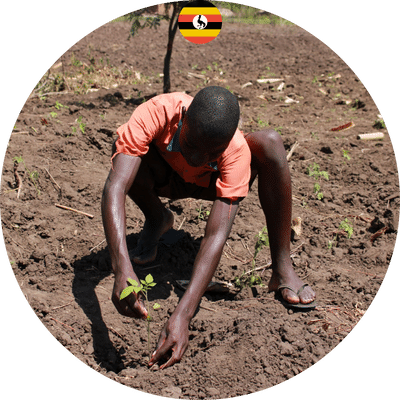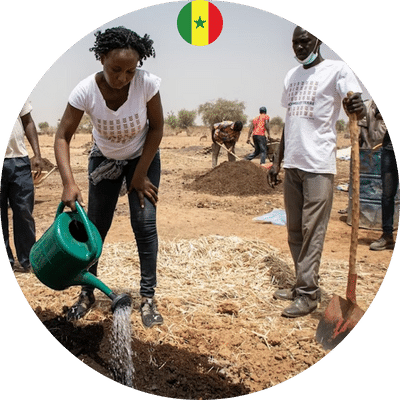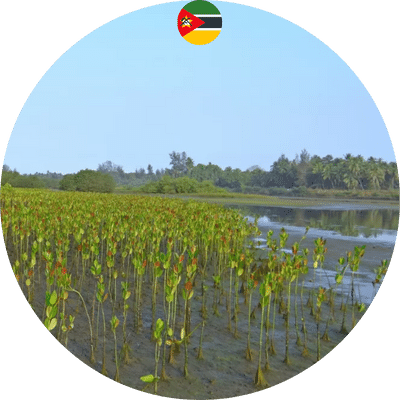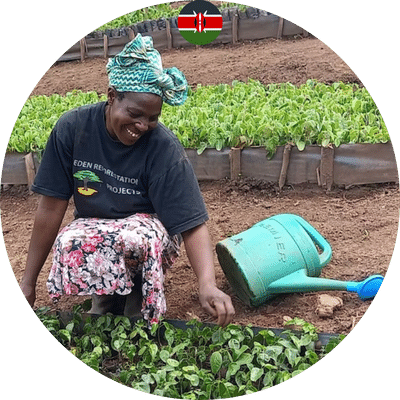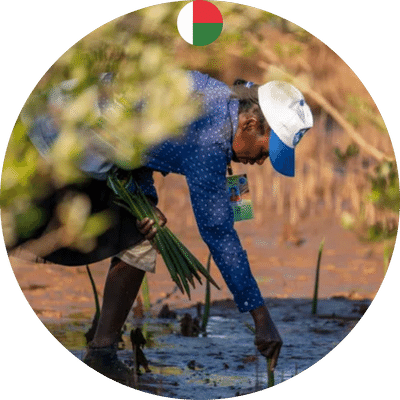Lombok Solar Project
Project details
Lombok Solar Project
EPC: Kosher Climate India Pvt Ltd
Methodology: Grid-connected electricity generation from renewable sources
Crediting period: 2019 – 2024
This project is verified by the Gold Standard.

Project location
Lombok is an Indonesian island located east of Bali and west of Sumbawa. The island is renowned for its beautiful beaches, waterfalls, and mountains, which attract many tourists every year. Like many other islands in Indonesia, Lombok faces various challenges related to climate and energy consumption.
The island’s population is rapidly growing, leading to an increased demand for energy. At the same time, Lombok is vulnerable to the effects of climate change, including rising sea levels, stronger storms, and more frequent droughts. Consequently, there is a need to balance the island’s energy requirements with its ecological sustainability, resilience, and climate change adaptation.
Project objectives
The Lombok Solar Project has created over 750 local jobs since construction began in April 2018 at three separate work locations. Upon completion and commercial operation, the Lombok Solar Project is expected to generate up to 33,400 MWh of electricity, providing more than enough power for approximately 20,037 households in Indonesia. Additionally, the Lombok Solar Project will save over 32,541,737 liters of water and is estimated to reduce approximately 27,931 tons of greenhouse gas emissions compared to coal-based generation.
Solar energy storage on a utility scale
The ability to store energy is crucial for integrating renewable energy sources that can fluctuate in the electricity grid. This helps balance electricity supply and demand, eliminates the need for natural gas peaker plants, increases reliance on baseload generation, and prevents the necessity to run baseload units.
Without energy storage, there would be high outage rates for variable renewable energy technologies. Therefore, storage is an essential component to enable a low-carbon grid.
Sustainable Development Goals
When allocating our members’ funds, we’re committed to aiding in the Sustainable Development Goals set by the United Nations. Below are the SDGs acknowledged for this project.
💡 Click on the Icon to read follow the progress on each SDG.
Project Photos






